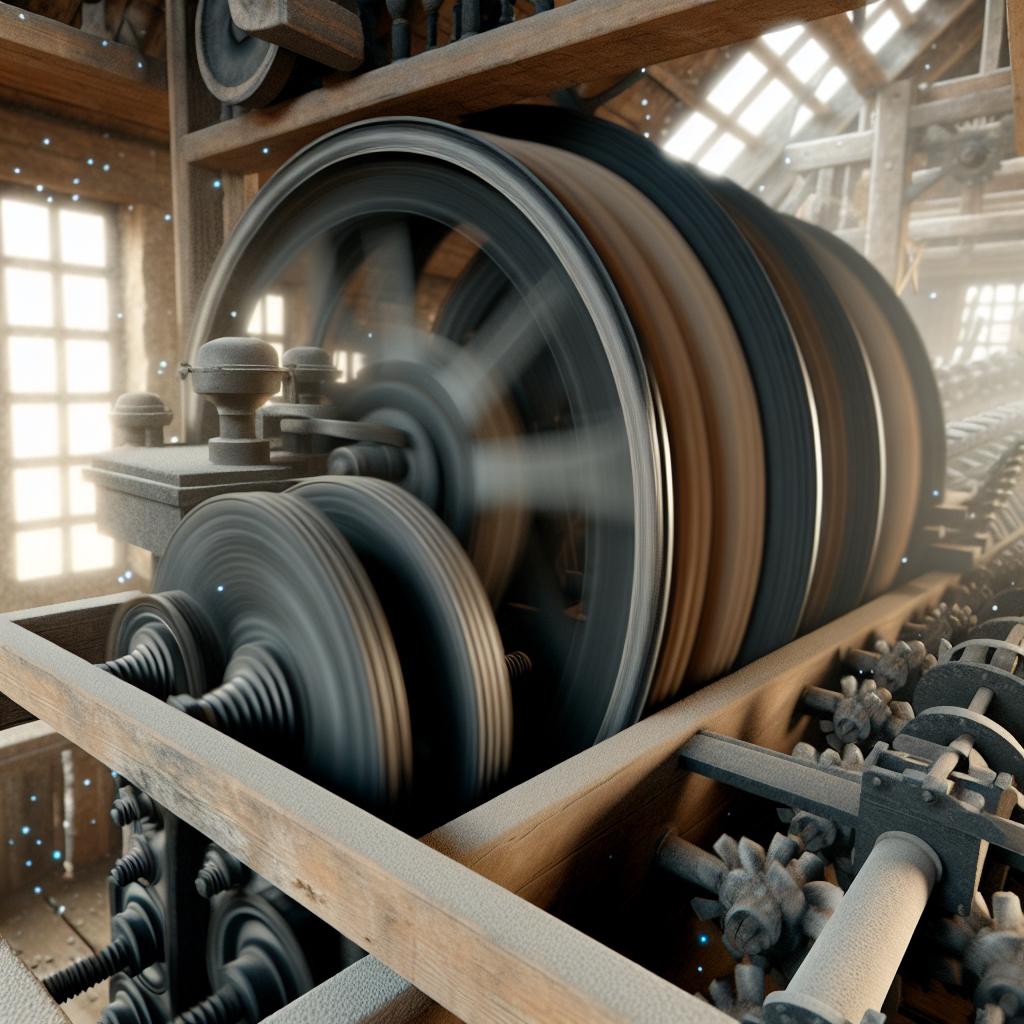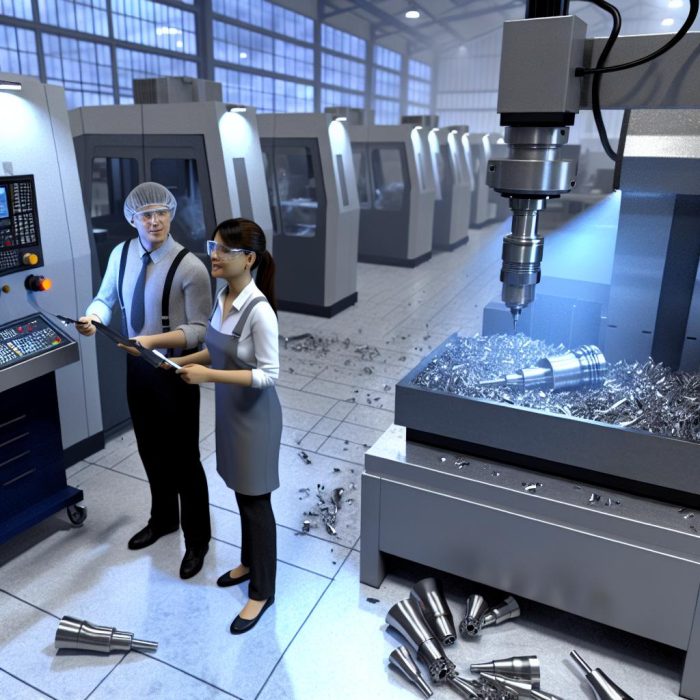The Role of Belt-Driven Machinery in Mills
Belt-driven machinery has been an integral part of the industrial revolution and continues to be significant in the functioning of various mills even today. These systems have historically played central roles in the operation and management of mills that range from textile to grain processing. Their enduring presence in certain niches of industry underscores their importance in both historical and practical contexts.
Historical Context
During the 19th century, the introduction of belt-driven machinery marked a substantial shift in productivity within industrial settings. This technological advancement allowed for the efficient harnessing and distribution of power sourced from water or steam. The clever system of belts and pulleys enabled not just the operation of single machines but facilitated the simultaneous operation of multiple machines. Materials for these belts typically included leather and rubber, which were well-suited to the task of transferring power from a centralized source, such as a loom or a grinder. This design allowed mills to streamline their operations significantly.
How Belt-Driven Systems Work
A deeper examination of belt-driven systems reveals their reliance on basic yet effective mechanics. At the heart of the system lies the prime mover, which could be a steam engine or a water wheel. The prime mover serves as the initial power source that feeds energy into the system. This energy is then transmitted via a driving pulley, connected by a belt to driven pulleys, each attached to various individual machines. It is critical for operators to adjust the belt’s tension and alignment properly to ensure that power is transmitted efficiently and consistently across all machines involved.
Efficiency and Material Selection
The materials chosen for the belts have a significant influence on the system’s overall efficiency. Initially, leather belts were predominant due to their availability and effective performance. However, with the advent of synthetic materials, these have largely supplanted leather, offering enhanced durability and better handling of wear and tear. Maintenance practices, such as regular cleaning and adjustments, are crucial to minimizing slippage and extending the lifespan of the belts. This consistency in maintenance ensures that systems operate at optimum efficiency, reducing losses caused by mechanical failures.
Advantages and Disadvantages
The belt-driven machinery system has inherent advantages that have contributed to its longevity. Firstly, it enables the centralized distribution of power from a single source. This feature reduces the demand for multiple individual power supplies, streamlining power management within the facility. Furthermore, the system offers a degree of flexibility, allowing for machines to be easily integrated or removed from the operational line-up as needed. However, there are also some disadvantages; most notably, energy losses occur due to belt slippage. Additionally, the requirement of frequent maintenance to maintain high performance can be seen as a labor-intensive aspect of these systems.
Modern Applications
Despite the prevalence of direct motor-driven systems replacing traditional belt-driven types in many industries, belt-driven systems still find substantial applicability today. Notably, they are often employed in rural or remote areas where implementing newer technologies may not be economically feasible. These systems are cost-effective alternatives for situations where advanced infrastructure is limited or nonexistent. Beyond their practical applications, belt-driven systems are also valued in educational settings and on historical sites. Such contexts use them as educational tools or demonstrations to illustrate industrial processes and teach mechanical engineering principles from a historical perspective.
Further Reading
For those interested in delving deeper into the evolution and technological intricacies of belt-driven machinery, several resources offer detailed insights. You may explore the extensive materials available from the Institute of Mechanical Engineers or the Mills Archive Trust. These organizations provide comprehensive perspectives that encompass the historical significance and the technical specifications of belt-driven systems, catering to both academic and enthusiast audiences.
Conclusion
Belt-driven machinery occupies an enduring position in industrial history. Its pivotal role in enhancing productivity during the industrial revolution cannot be understated, and its continued application in specific contexts today makes it a subject of great interest for those studying industrial engineering and historical technology. Delving into the principles that govern these systems offers valuable insights into the development of industrial processes both past and present. Understanding the complexities and achievements of belt-driven systems not only highlights their historical significance but also underscores their adaptability and continued relevance in a variety of industrial applications.



